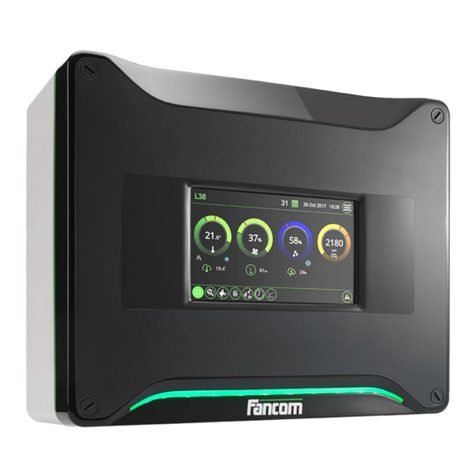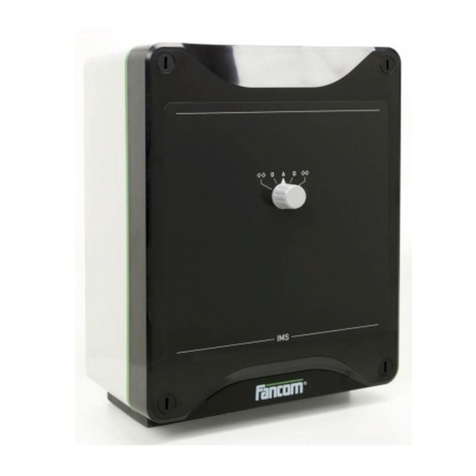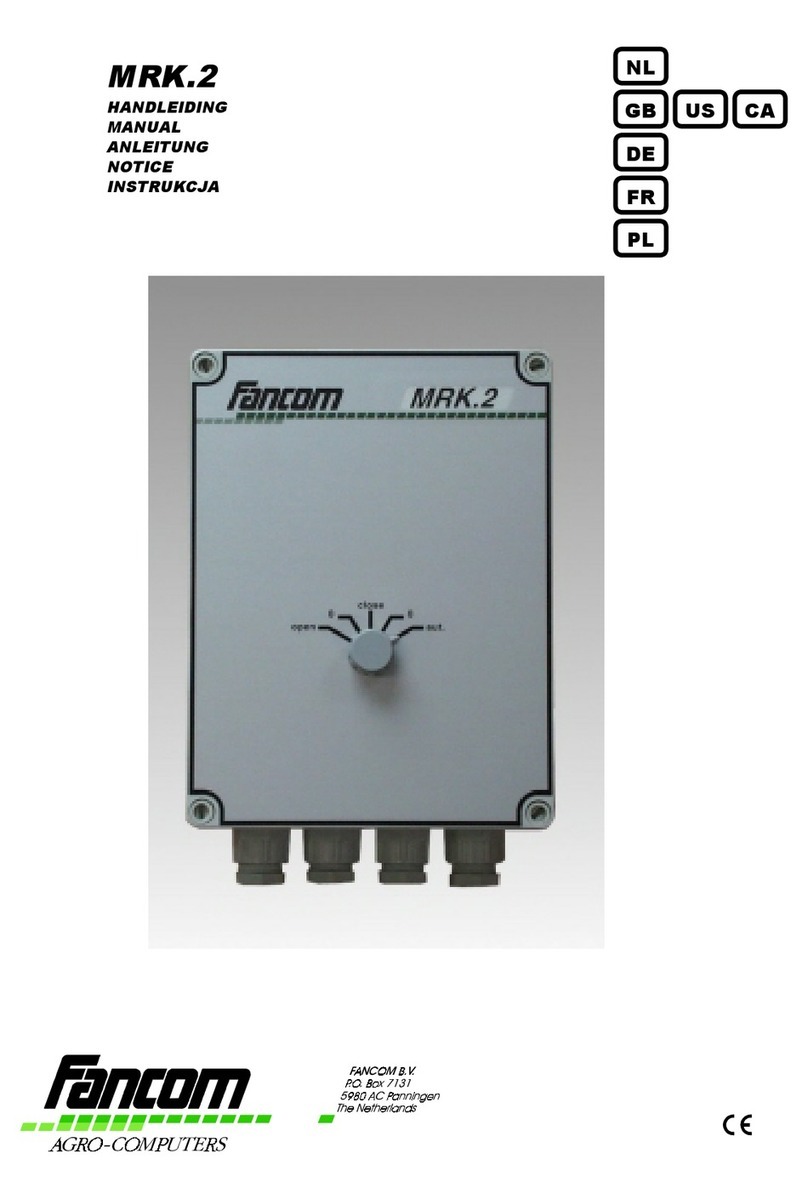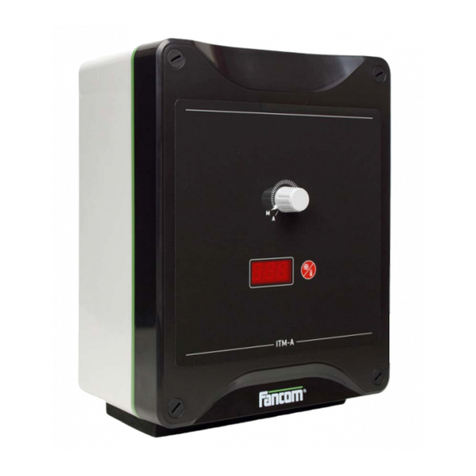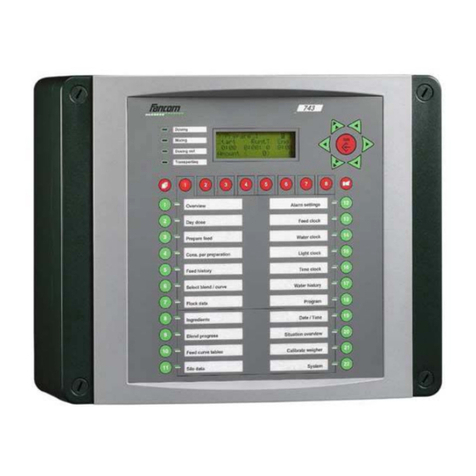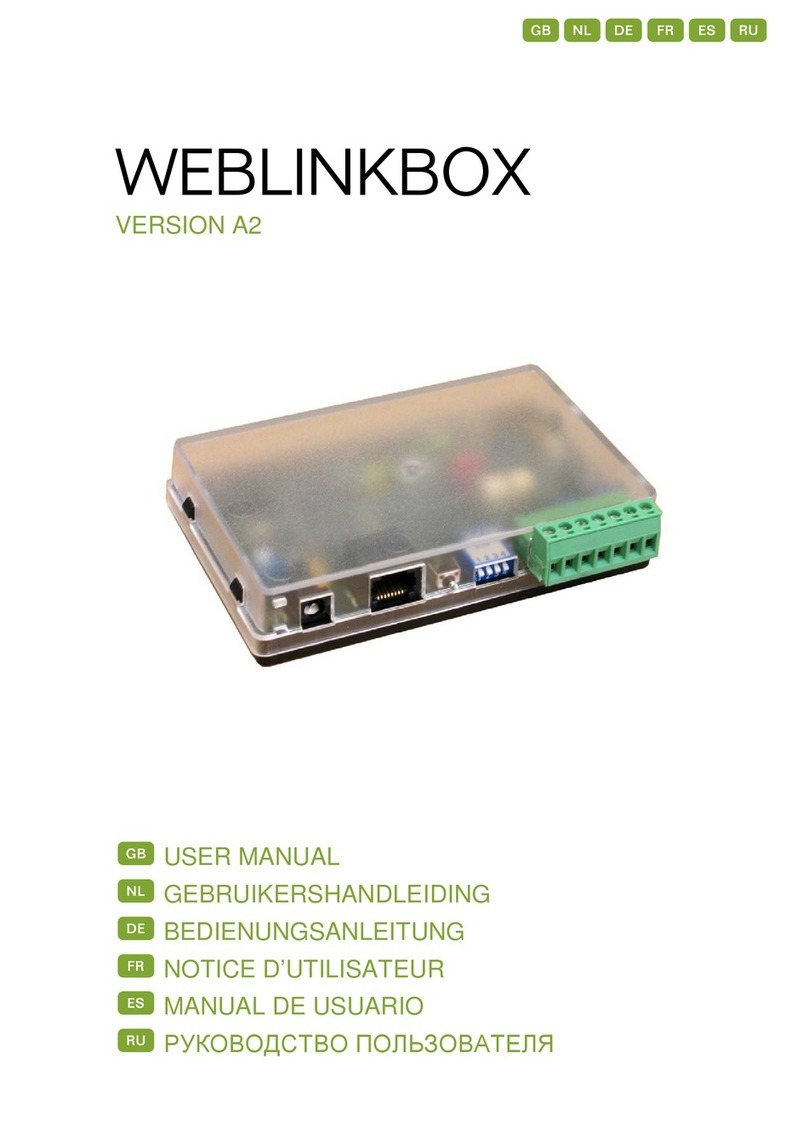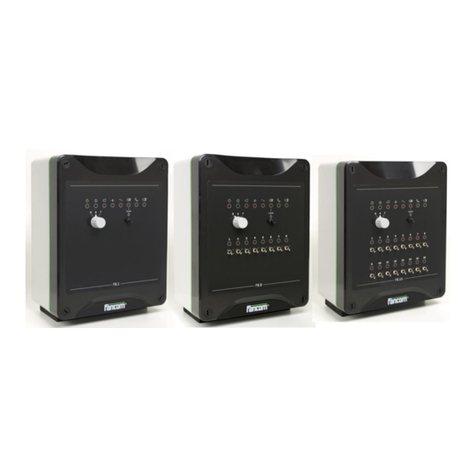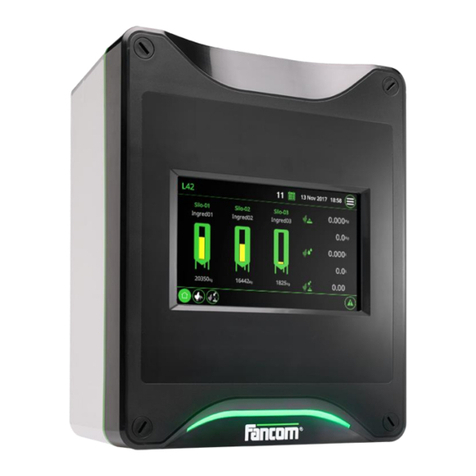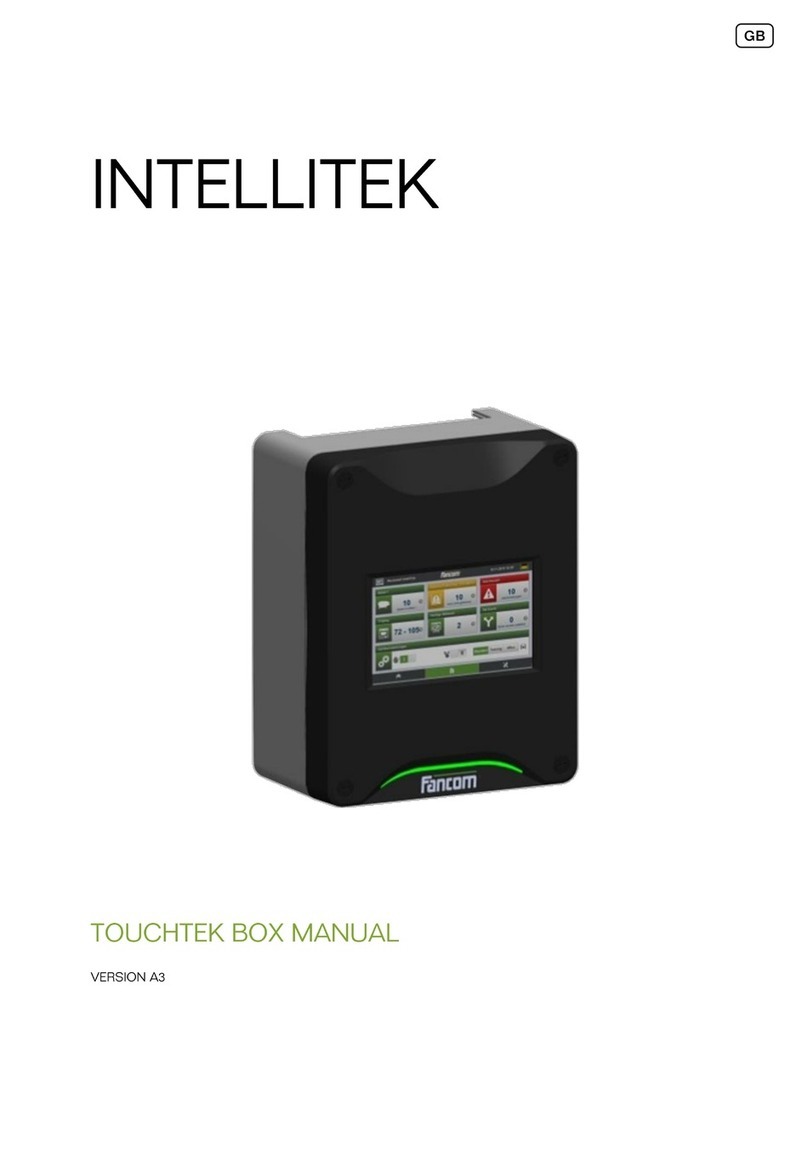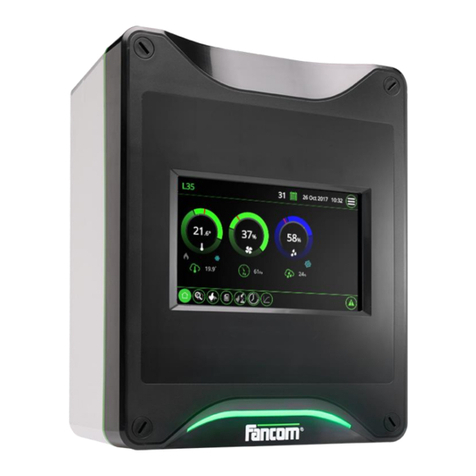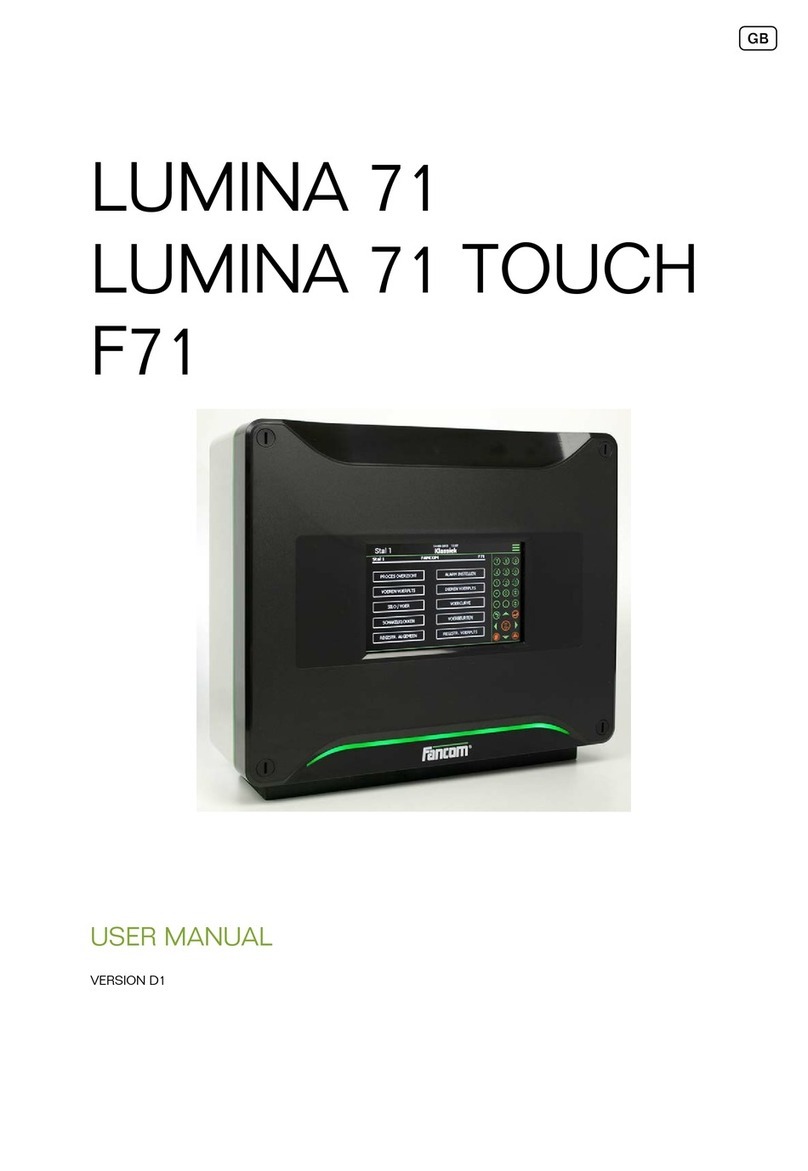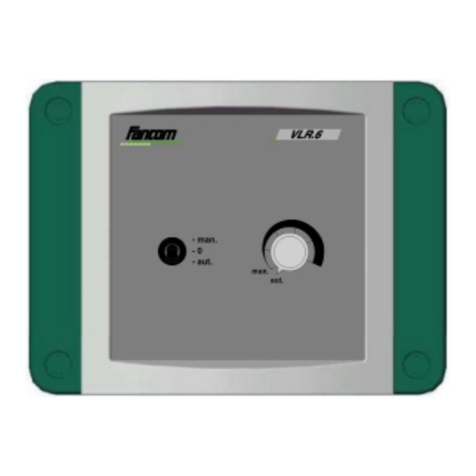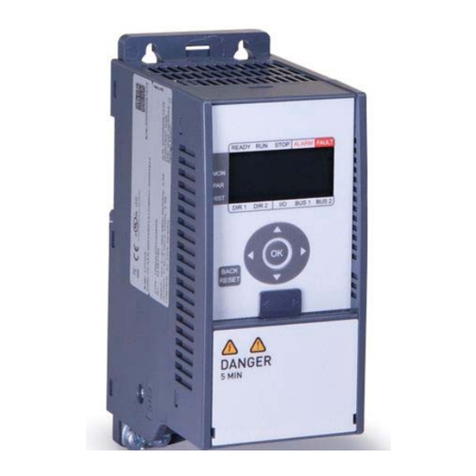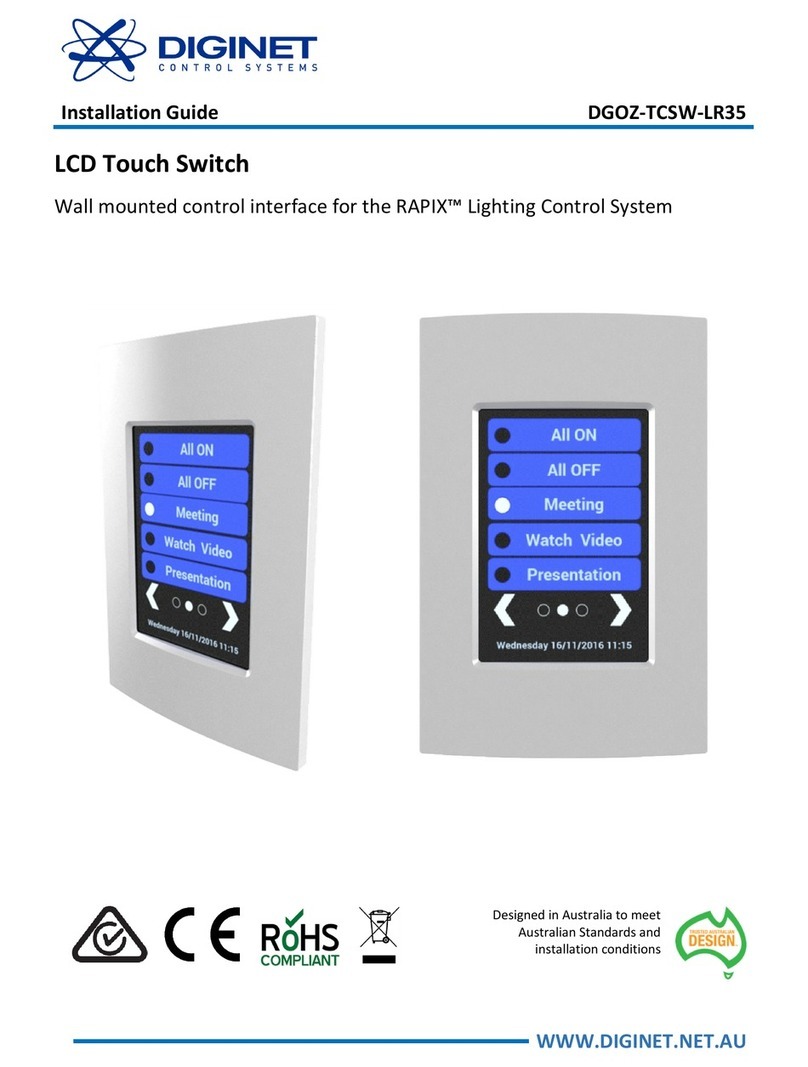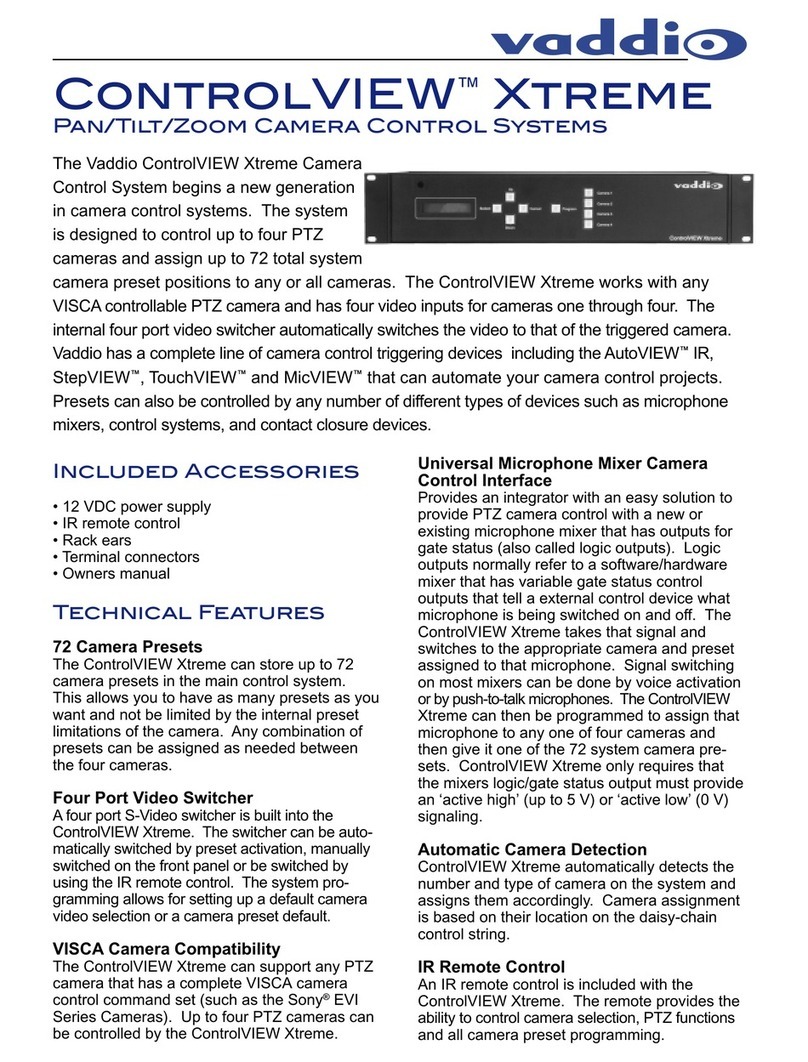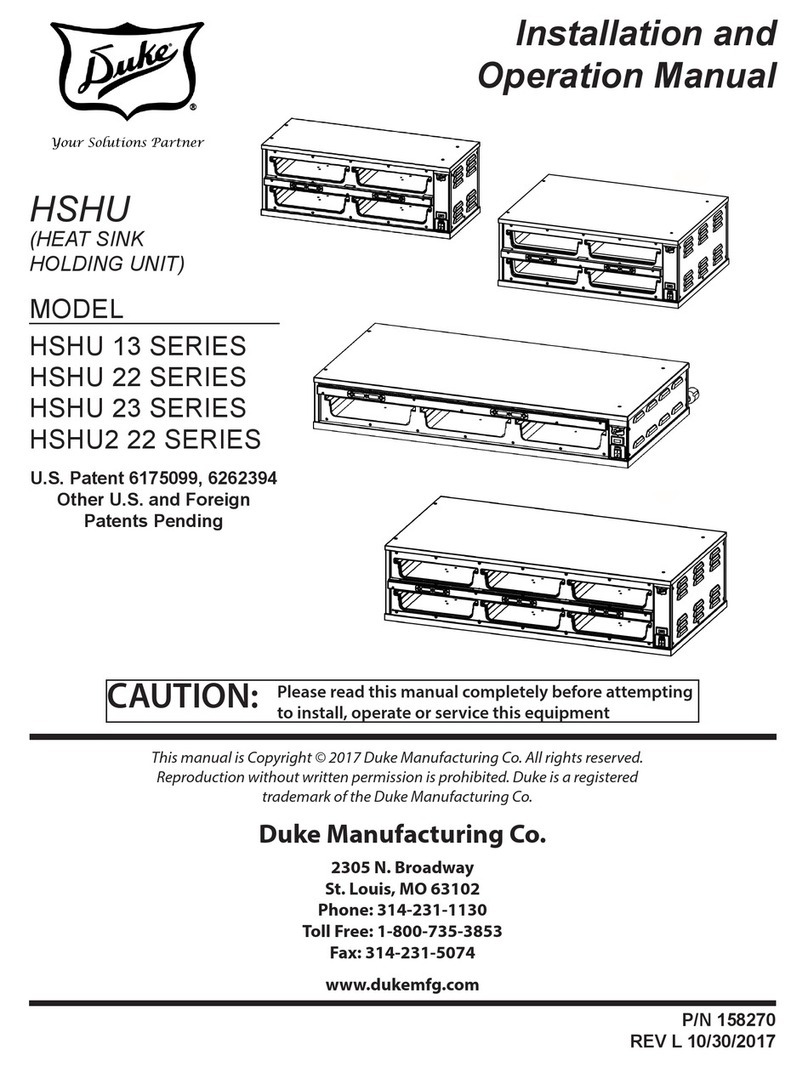
Lumina 750
Table of contents
1. General introduction ............................................................................................................................... 1
1.1 Documentation with the control computer ................................................................................... 1
1.2 How to use this manual ............................................................................................................... 1
1.3 Fancom Sales & Service Center ................................................................................................. 1
1.4 F-Central FarmManager™ ........................................................................................................... 2
2. Basic working principles ........................................................................................................................ 3
2.1 Principle diagram tunnel .............................................................................................................. 3
2.2 14 tunnel phases ......................................................................................................................... 3
2.3 Phase settings ............................................................................................................................. 5
2.4 Controls ........................................................................................................................................ 5
2.5 Working per tunnel phase ........................................................................................................... 7
2.6 Working per sub-phase ............................................................................................................. 12
3. Using the Lumina 750 ........................................................................................................................... 14
3.1 Overview screen ........................................................................................................................ 14
3.2 Trends ........................................................................................................................................ 25
3.3 Conditions .................................................................................................................................. 26
3.4 Controls ...................................................................................................................................... 27
4. Alarm ....................................................................................................................................................... 29
4.1 Alarm overview .......................................................................................................................... 29
4.2 Alarm settings ............................................................................................................................ 32
4.3 Alarm history .............................................................................................................................. 33
5. Maintenance ........................................................................................................................................... 34
6. Classic screens ..................................................................................................................................... 35
6.1 Classic screen: Overview screen .............................................................................................. 35
6.2 Function key 1: Overview .......................................................................................................... 35
6.3 Function key 2: Compost/tunnel temp. ...................................................................................... 37
6.4 Function key 3: Air inlet temperature ........................................................................................ 38
6.5 Function key 4: O2/CO2/NH3 .................................................................................................... 40
6.6 Function key 5: RH .................................................................................................................... 40
6.7 Function key 6: Fresh air .......................................................................................................... 41
6.8 Function key 7: Fan ................................................................................................................... 42
6.9 Function key 8: Heating/cooling/steam ...................................................................................... 43
6.10 Function key 9: Phase times ..................................................................................................... 45
6.11 Function key 10: Actual settings ............................................................................................... 46
6.12 Function key 11: Time/time clock/registr. ................................................................................... 48
6.13 Function key 12: Alarm settings ................................................................................................ 50
6.14 Function key 13: Levelling ......................................................................................................... 51
6.15 Function key 14: Warm up pasteurization ................................................................................. 52
6.16 Function key 15: Pasteurization ................................................................................................ 52
6.17 Function key 16: Cool down conditioning .................................................................................. 52
6.18 Function key 17: Conditioning ................................................................................................... 52
6.19 Function key 18: Cool down spawning ..................................................................................... 53
6.20 Function key 19: Spawn run ..................................................................................................... 53
6.21 Function key 20: Outside conditions ......................................................................................... 54
6.22 Function key 21: Special actions ............................................................................................... 54
6.23 Messages when changing settings ............................................................................................ 57
6.24 Password ................................................................................................................................... 57
